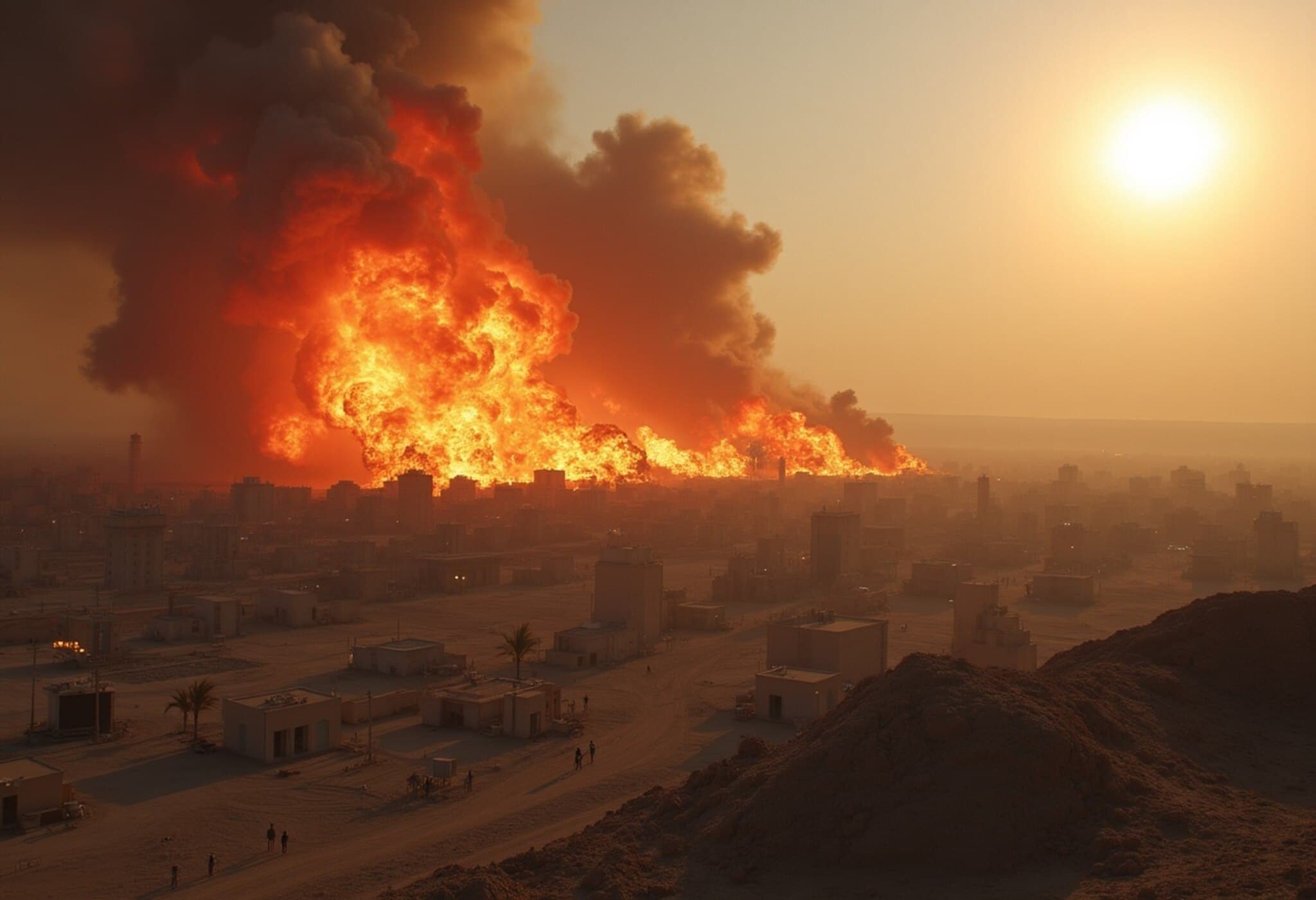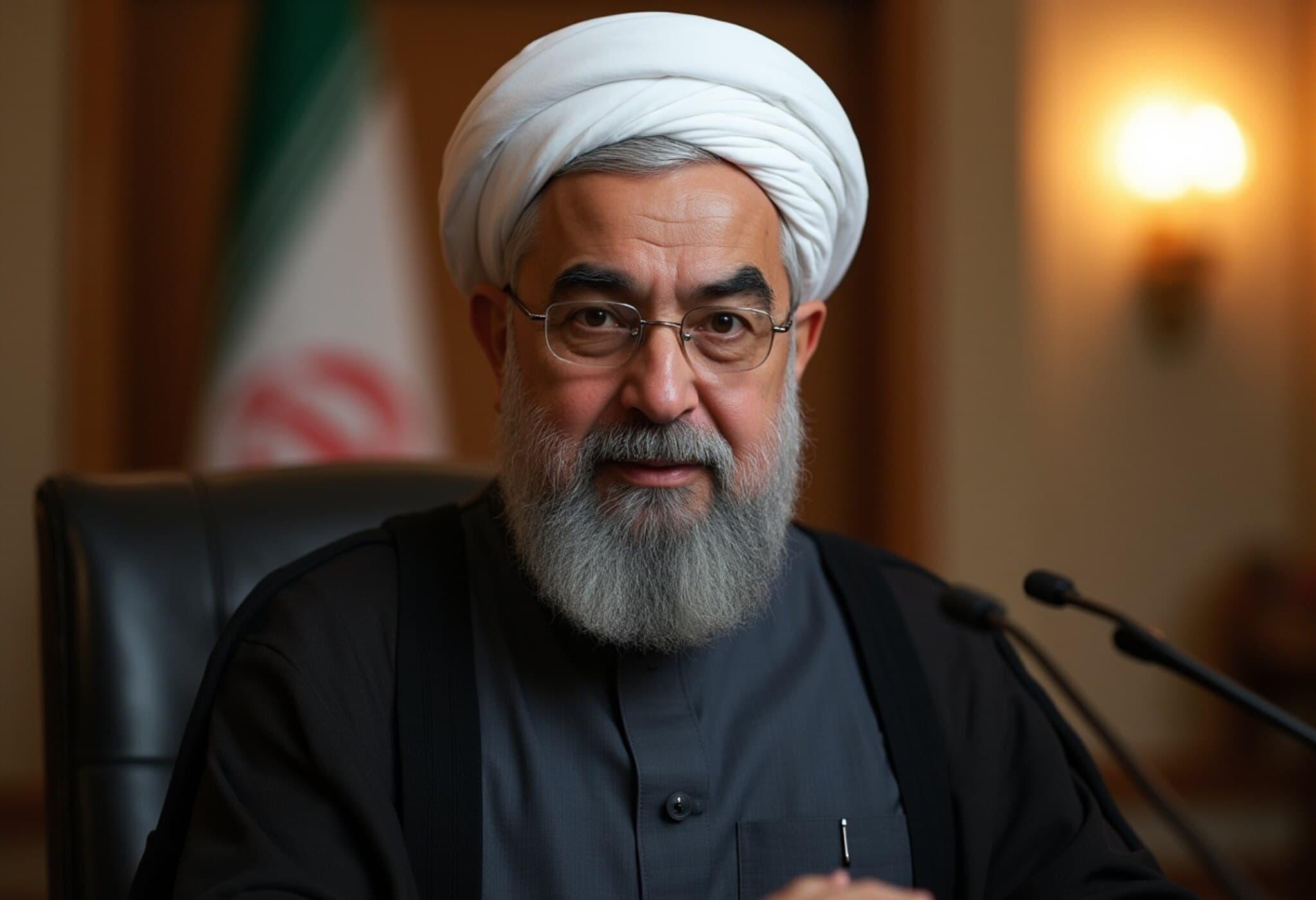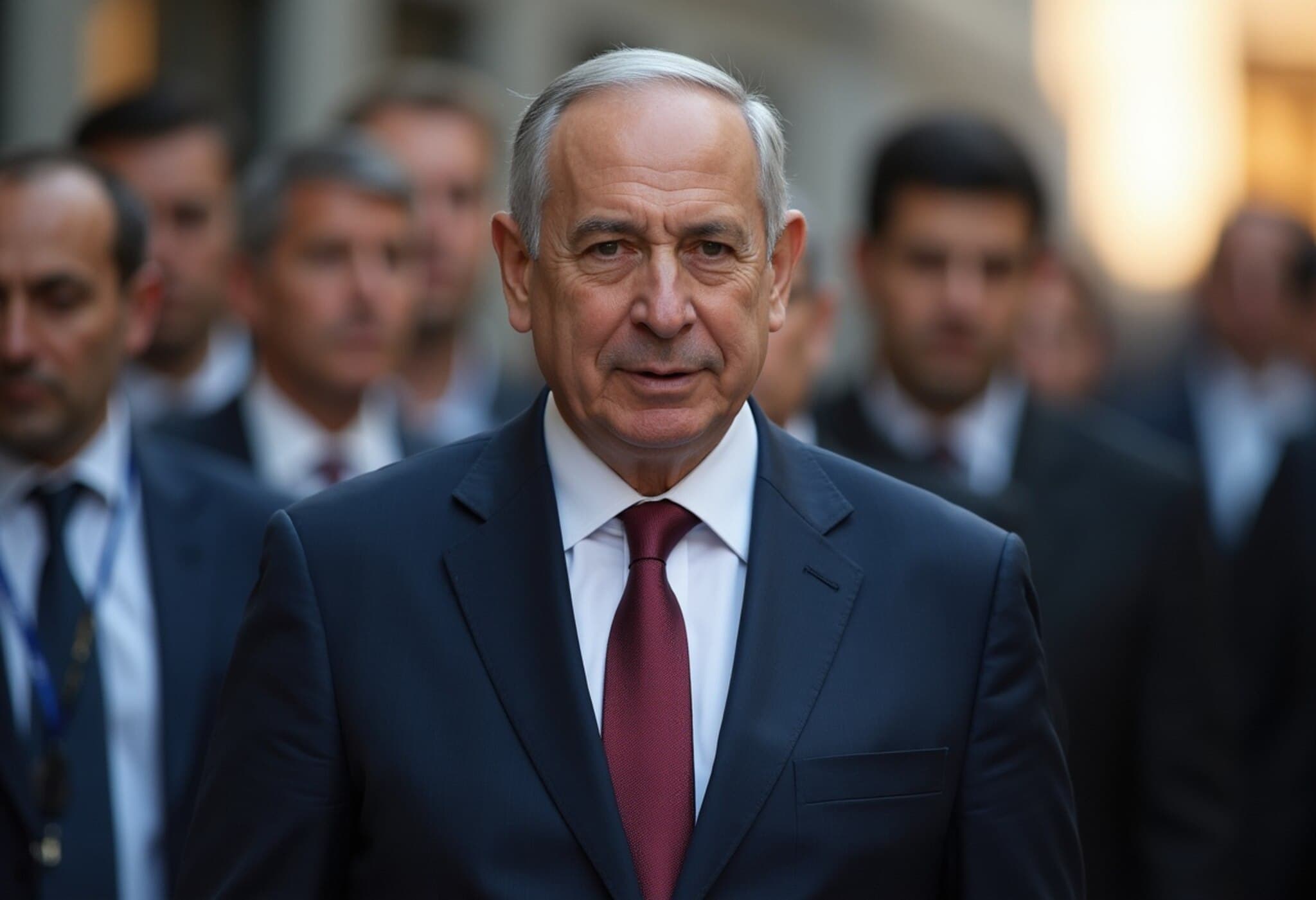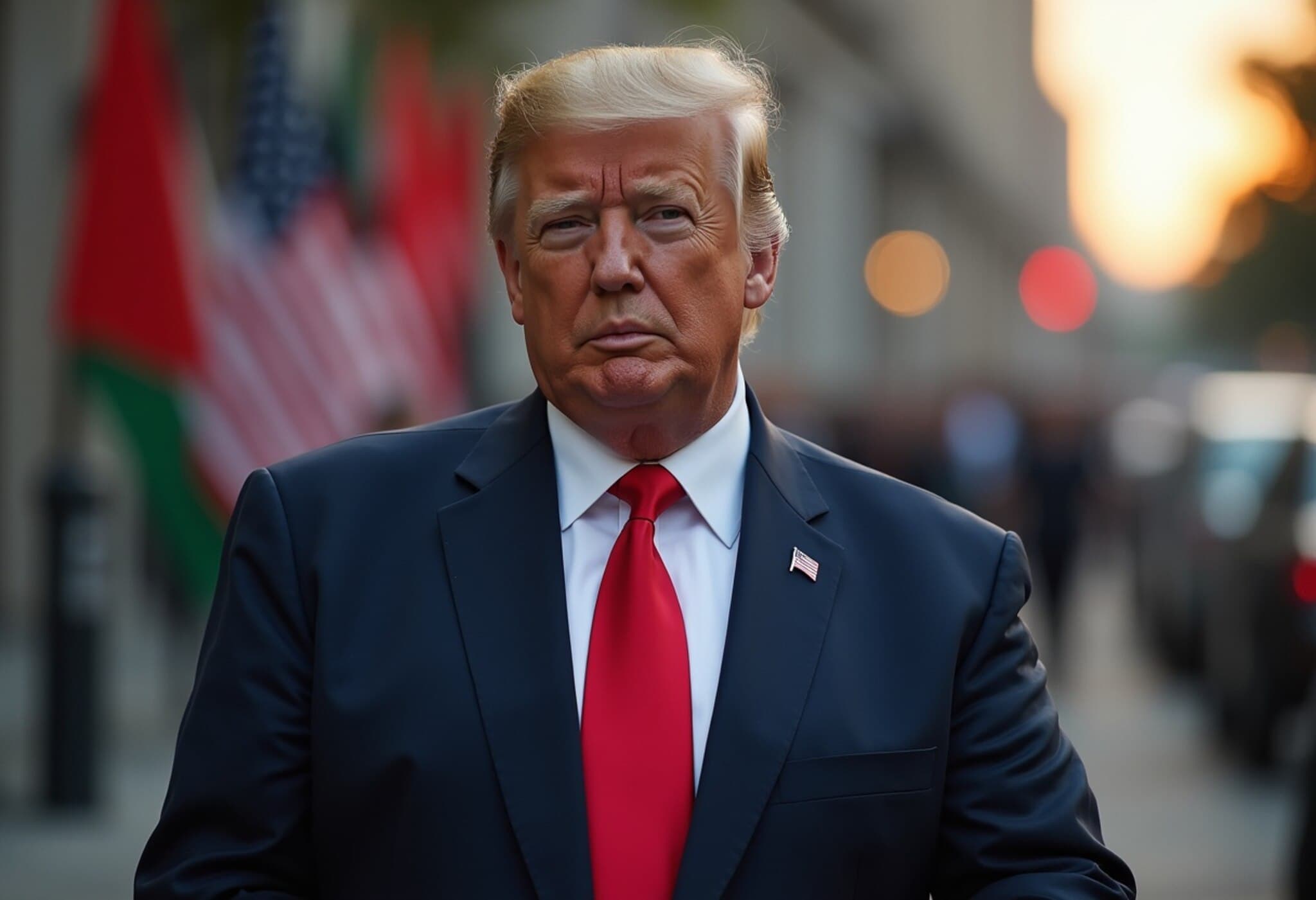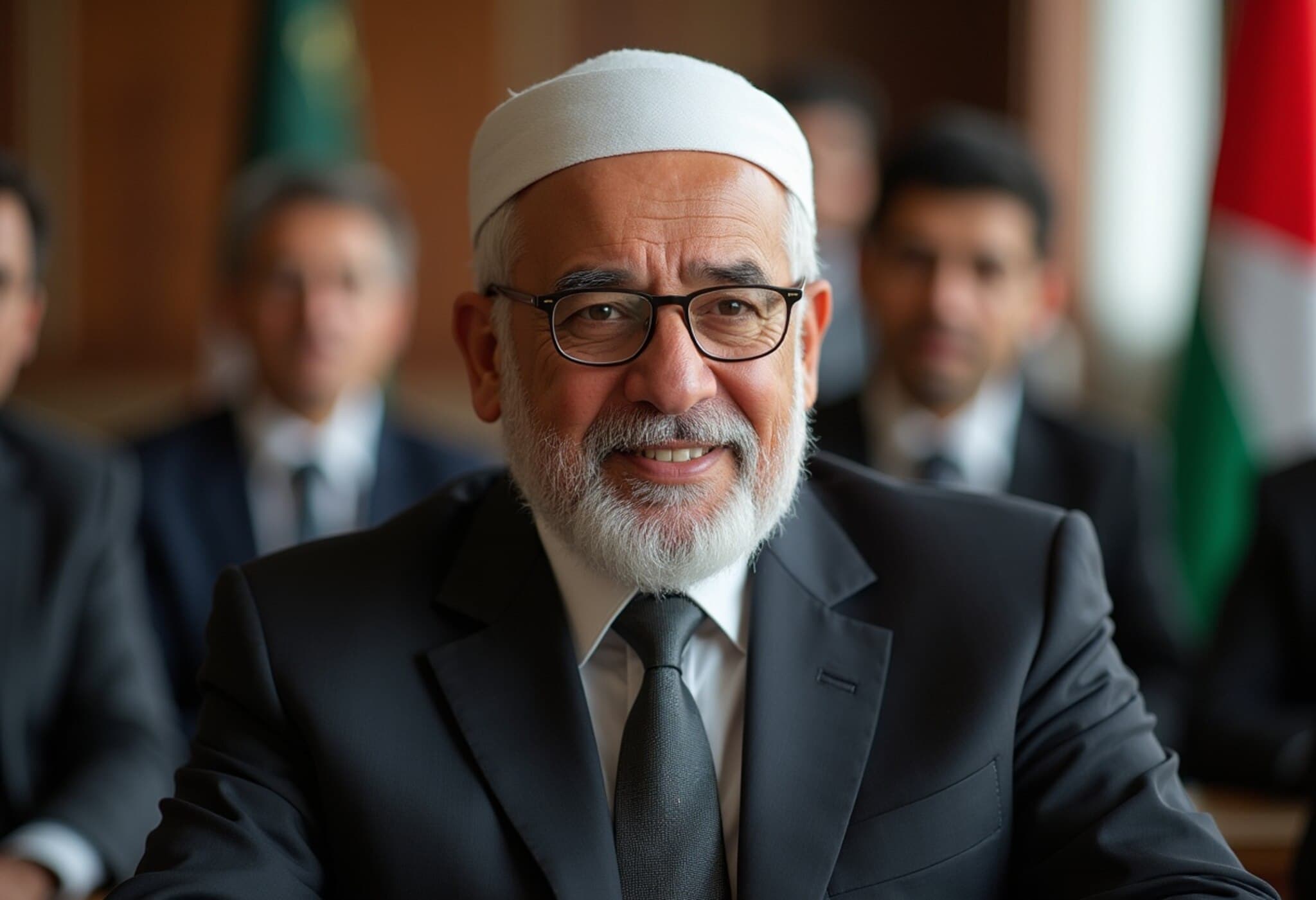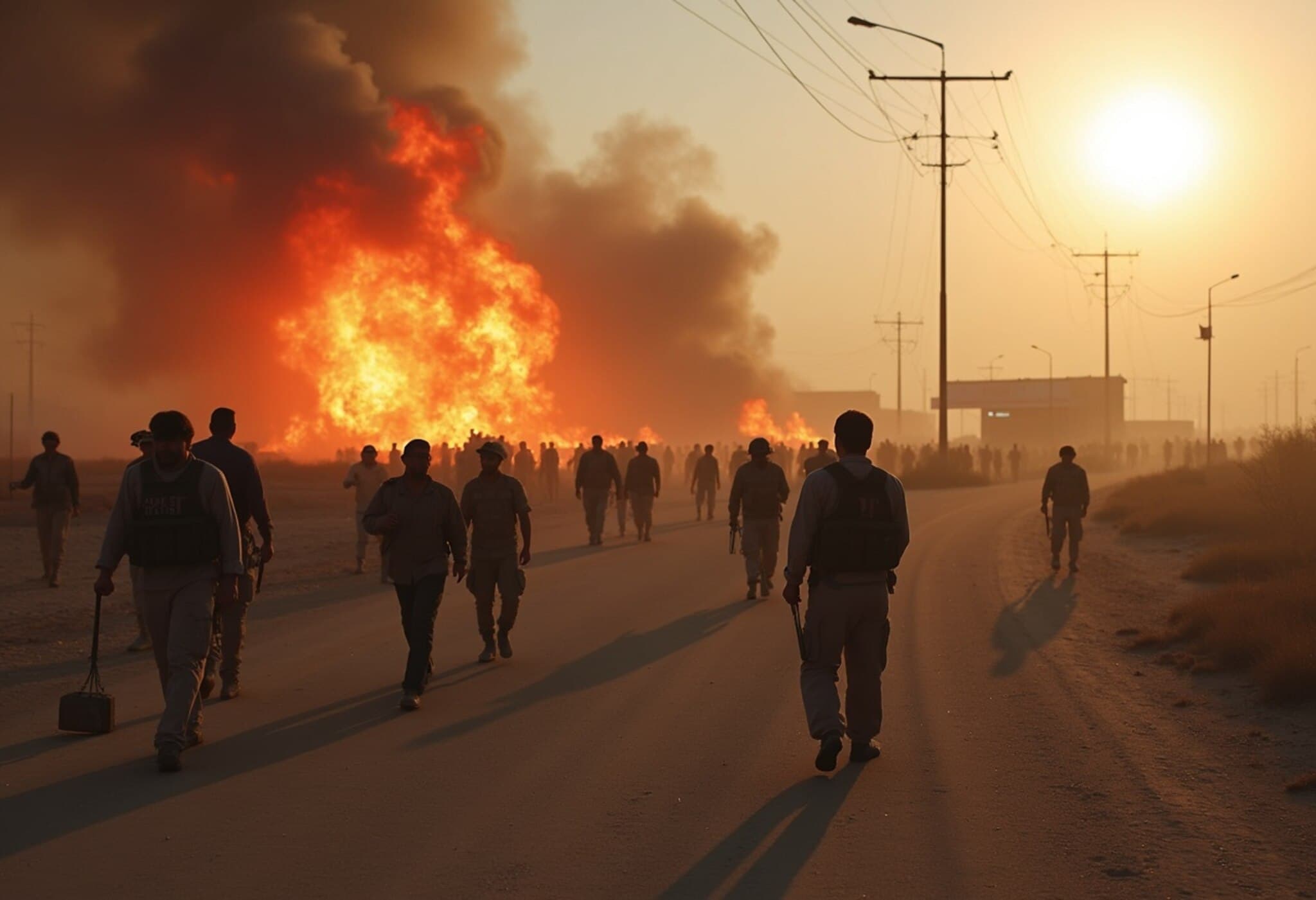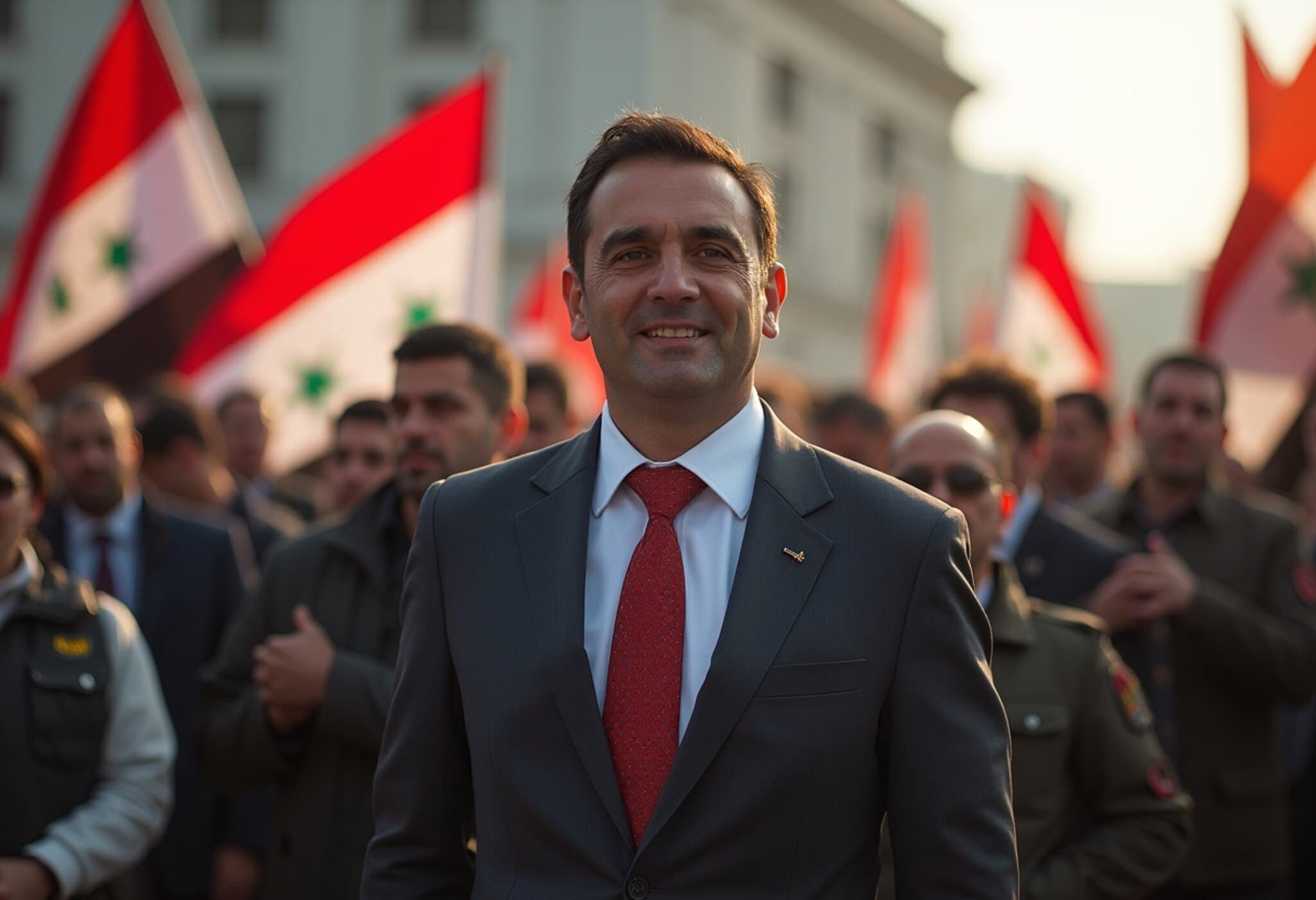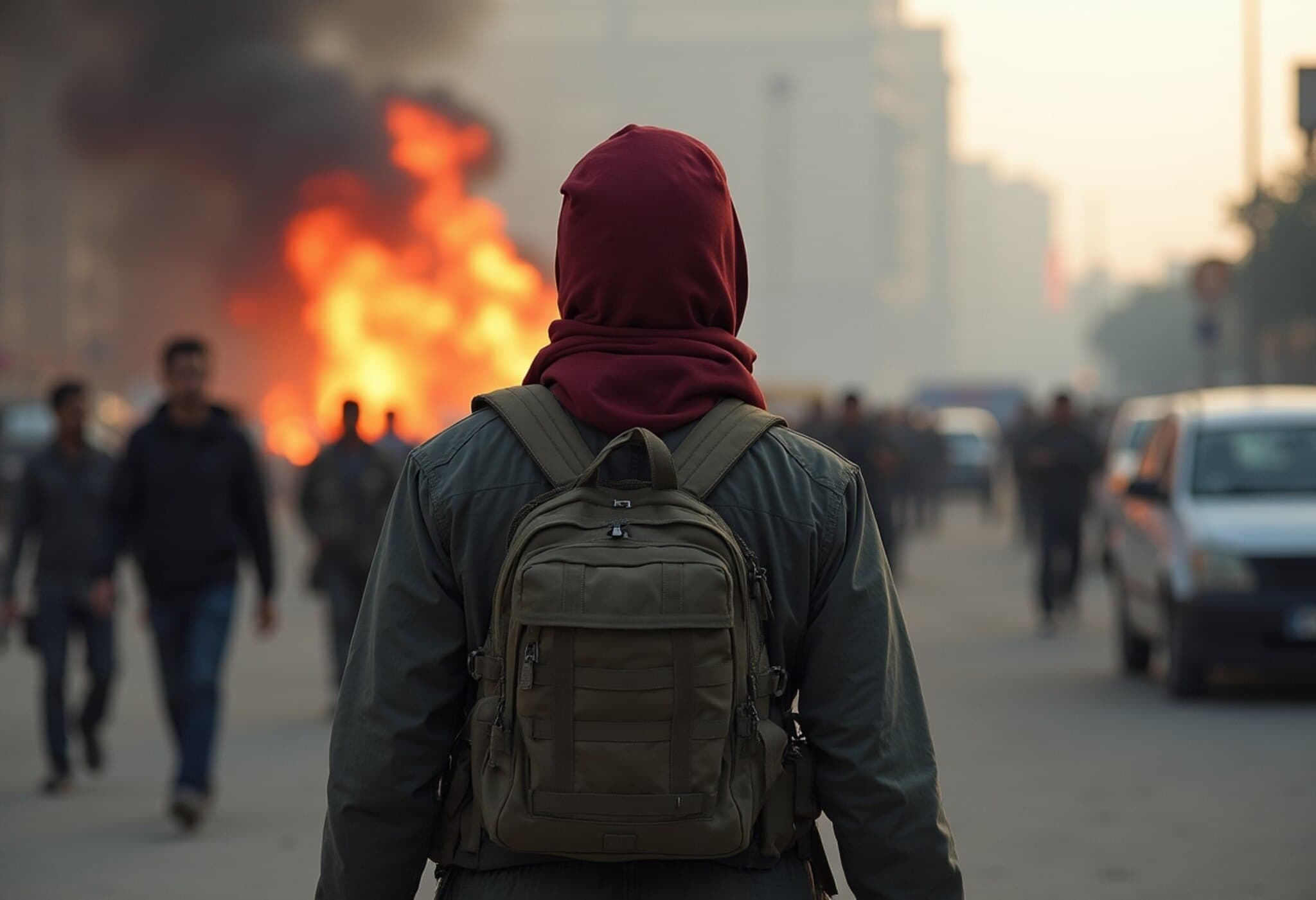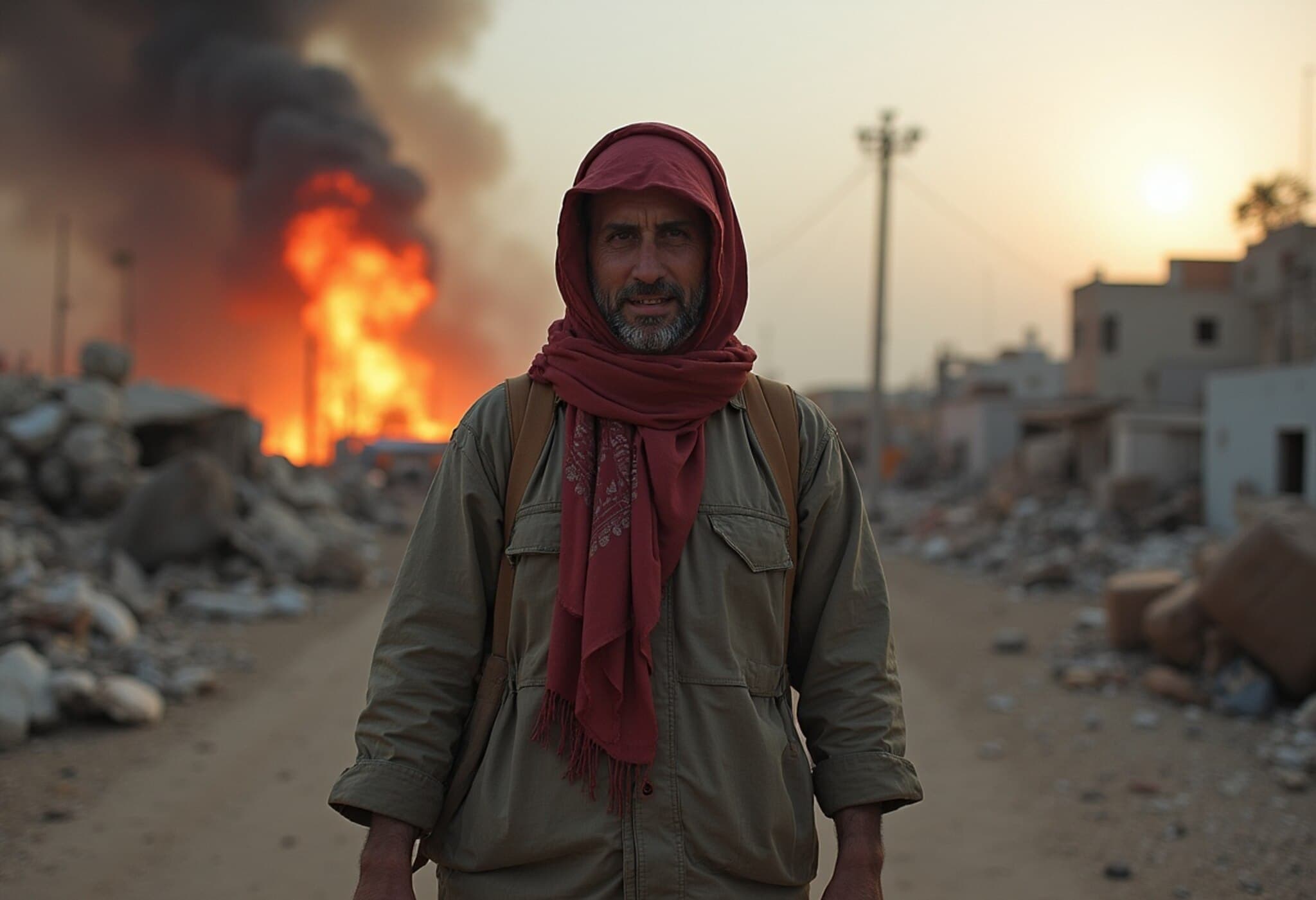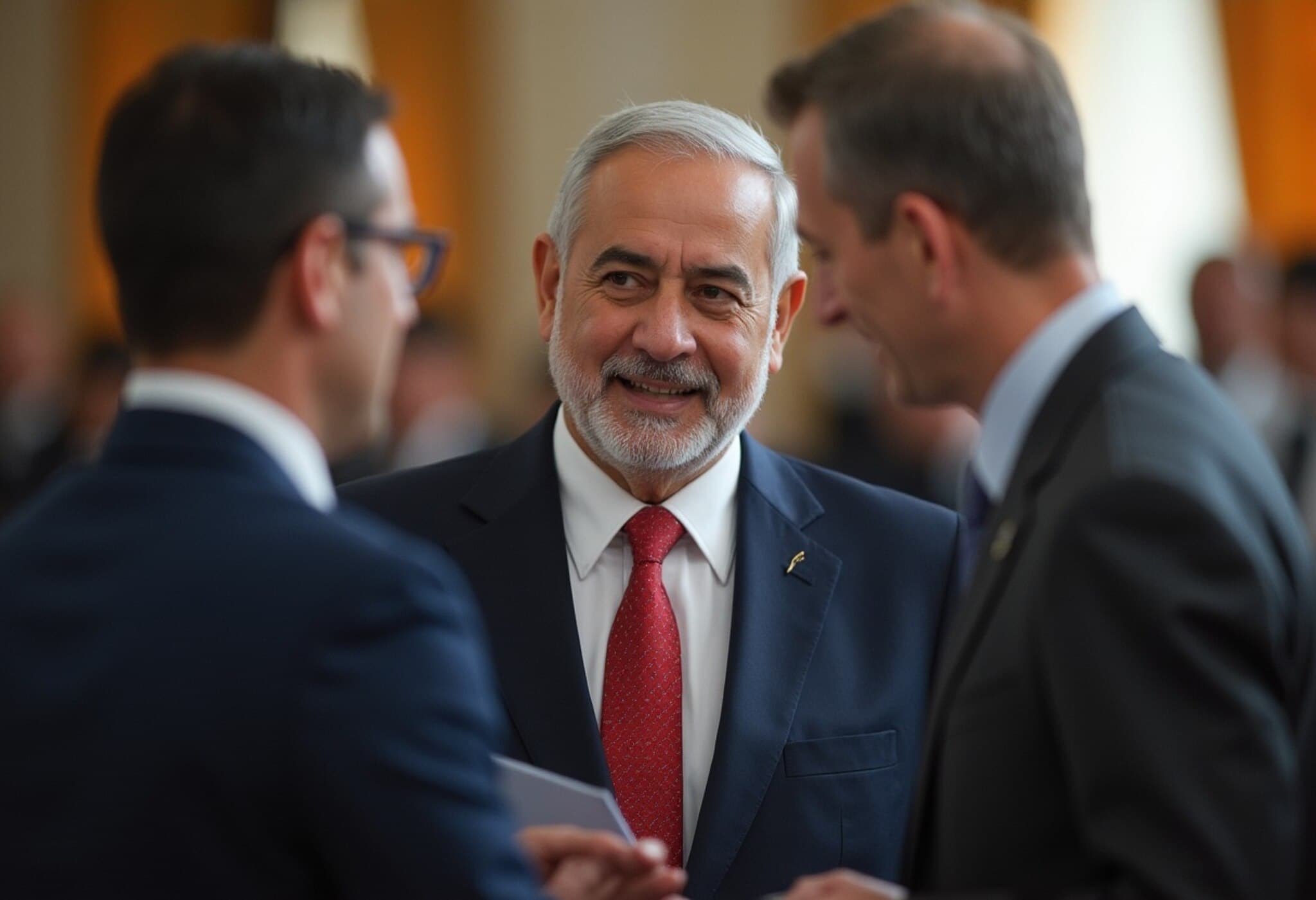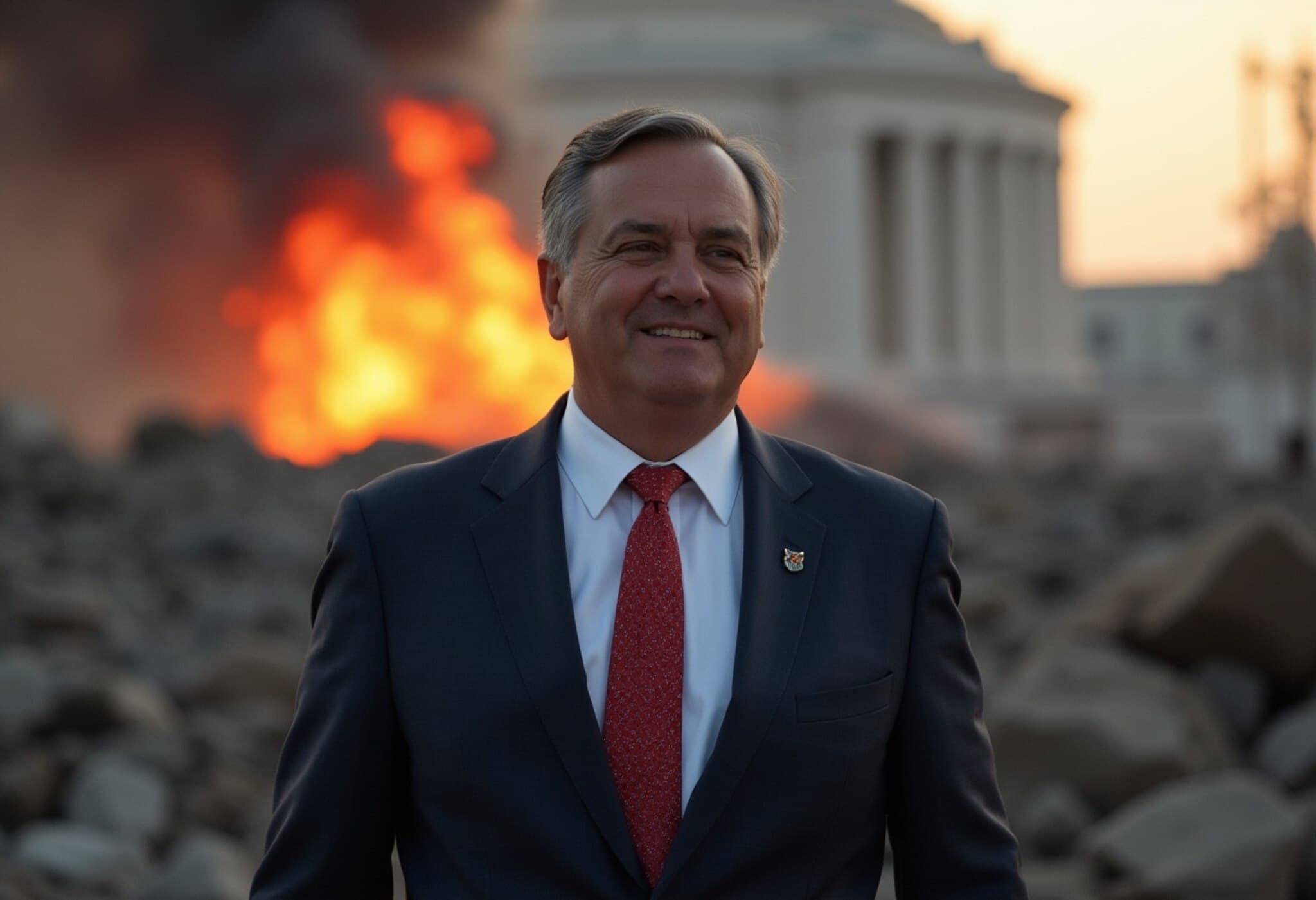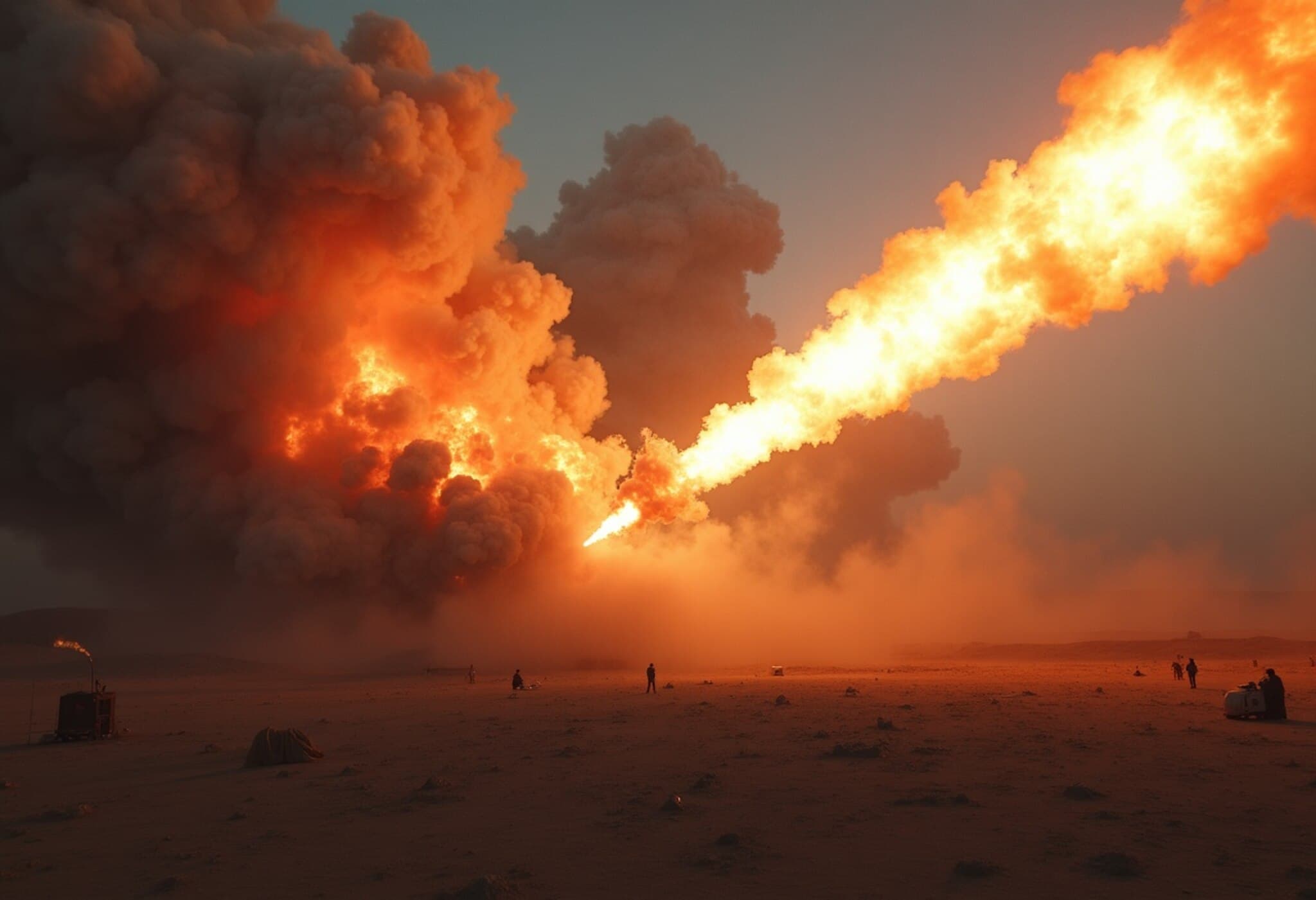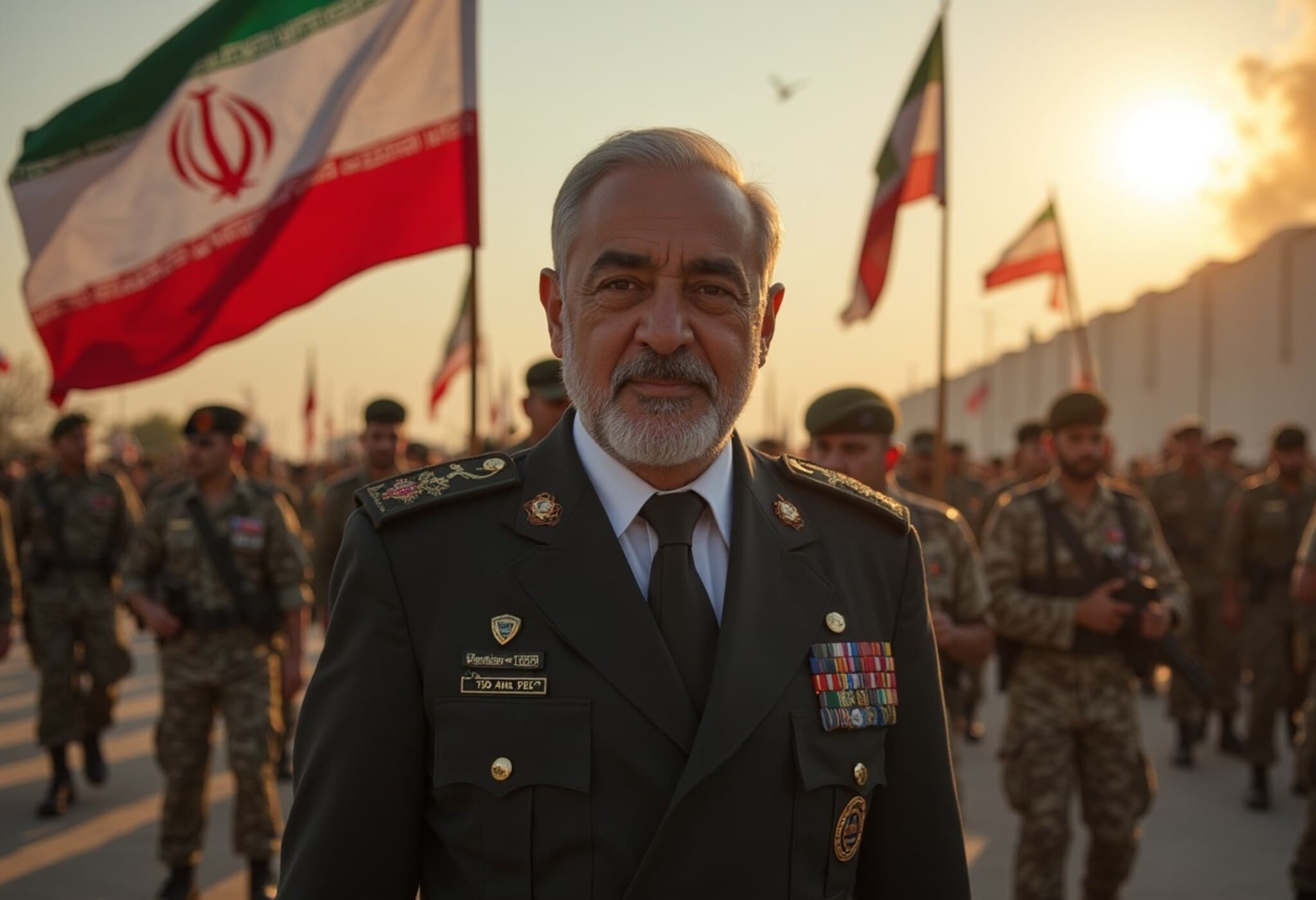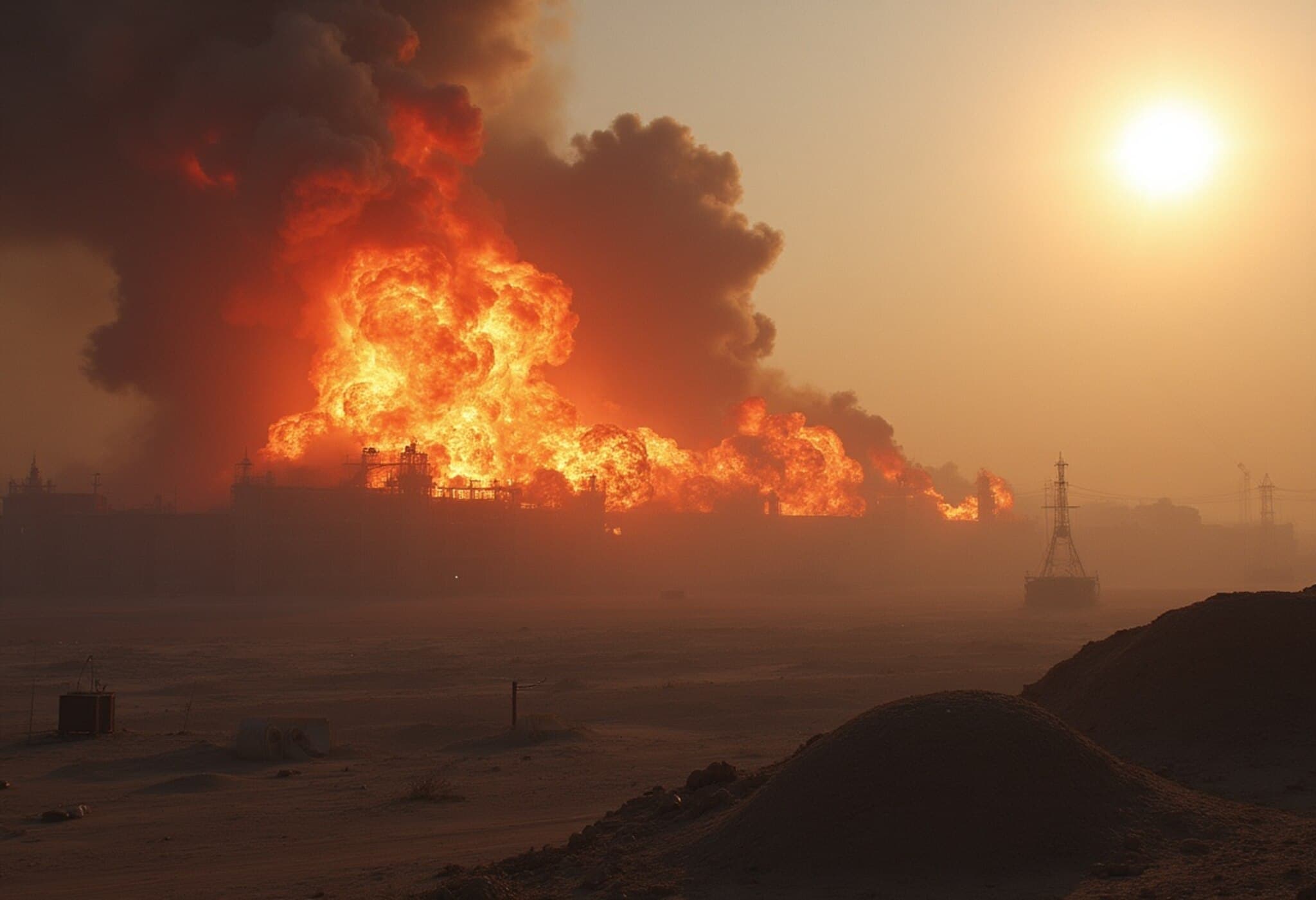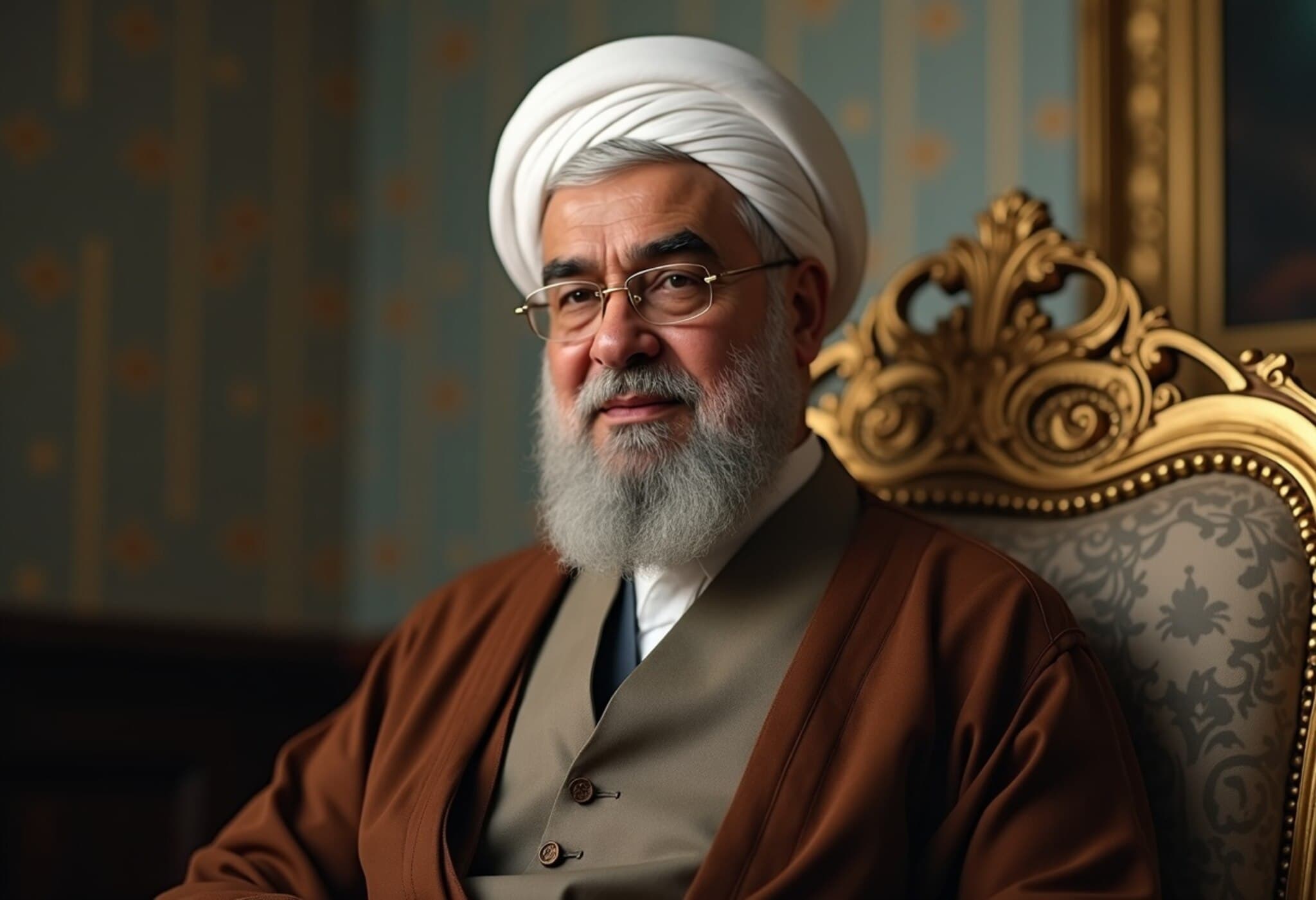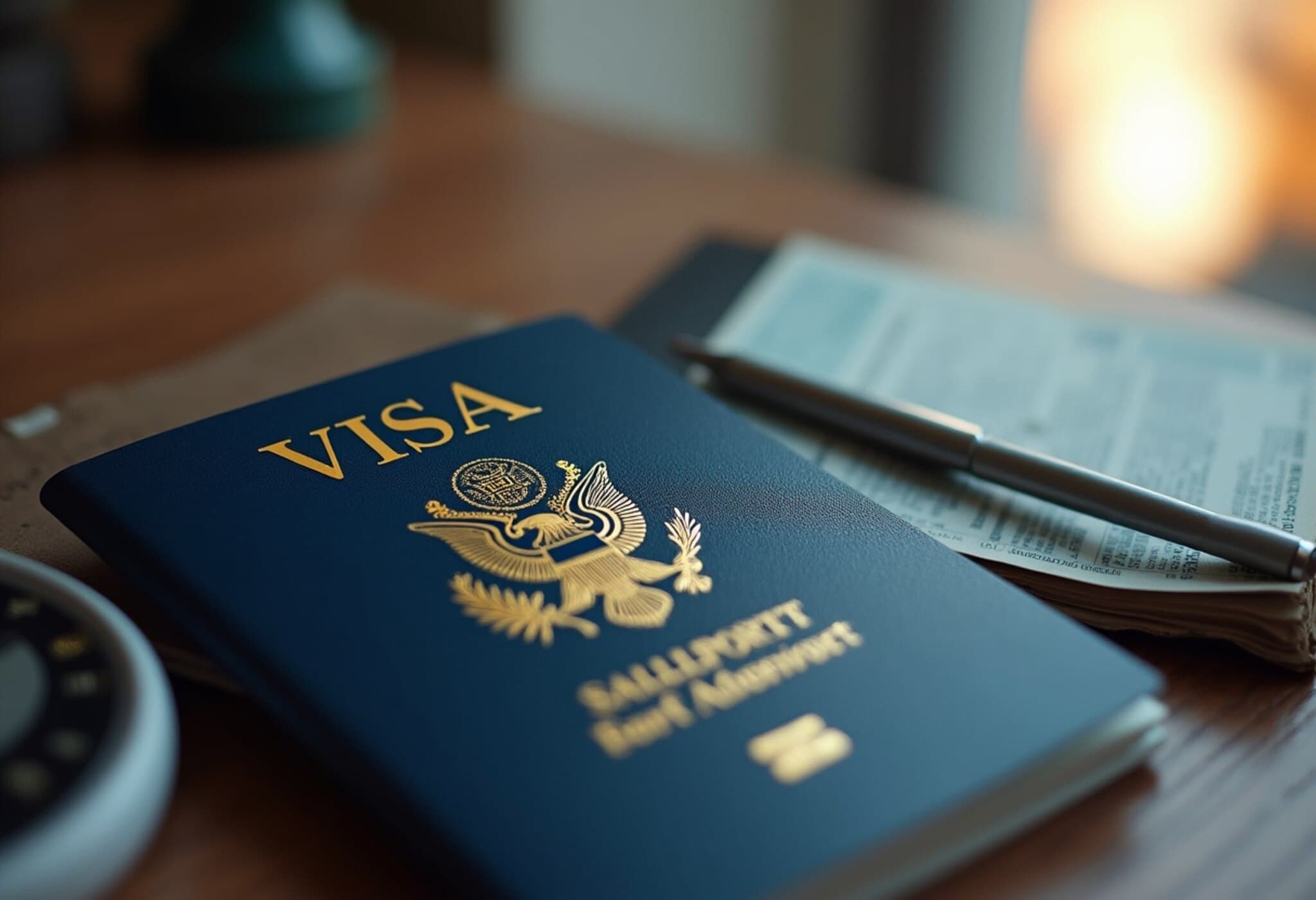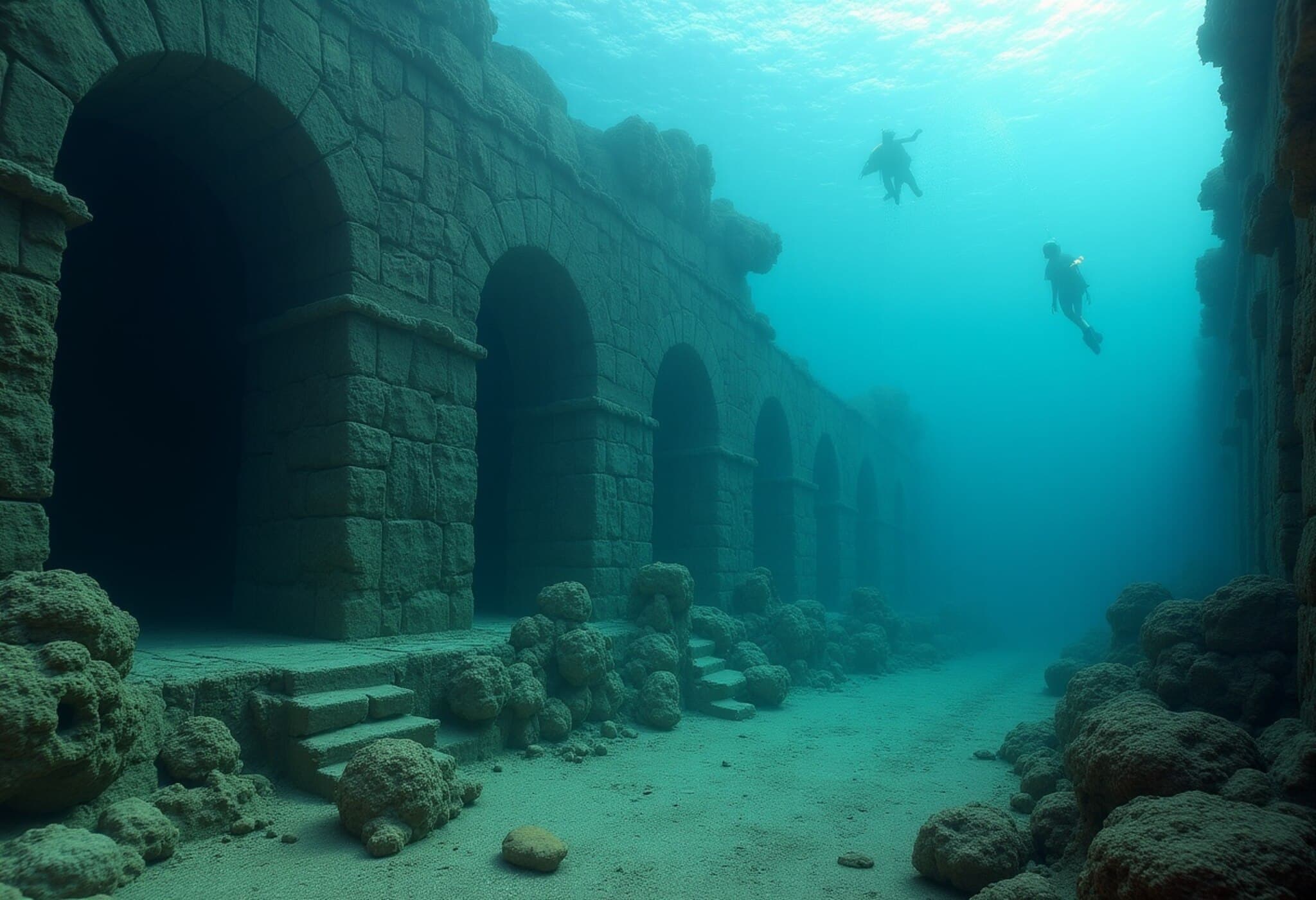Israeli Official Acknowledges Potential Uranium Recovery at Isfahan
In a candid revelation that raises critical questions about the effectiveness of recent military actions, a senior Israeli official disclosed on July 12, 2025, that Iran might still have the capability to recover enriched uranium buried underground at the Isfahan nuclear site. This admission contrasts sharply with earlier claims from the U.S. administration regarding the complete destruction of Iran’s nuclear infrastructure.
Reconciling Military Strikes and Ground Realities
Last month’s U.S. airstrikes—conducted on three strategic nuclear sites in Iran—were hailed by then-President Donald Trump as a “total obliteration” of Iranian nuclear capabilities. White House spokesperson Anna Kelly reiterated this stance, crediting the operation with enhancing global security through decisive American leadership.
However, intelligence assessments from both U.S. and international agencies suggest a more nuanced reality. Reports indicate that while the sites sustained substantive damage, key elements, including enriched uranium stored underground, remain potentially recoverable.
Insights from the Israeli Briefing
The confidential briefing featured an Israeli official who stressed that excavating uranium from subterranean facilities at Isfahan would be a complex and delicate operation. Moreover, any attempt by Iran to retrieve this material would likely be detected, prompting Israel to consider further strikes to preempt nuclear progress.
The official emphasized that the bulk of enriched uranium – a critical ingredient for nuclear weapons development – is stored at this very site, underscoring the continuing threat it poses despite recent bombardments.
Iran’s Position: Nuclear Program as National Pride
Iranian authorities maintain their enrichment activities serve peaceful purposes such as energy production and medical applications. Before the strikes, Foreign Minister Abbas Araghchi advocated Iran’s sovereign right to uranium enrichment, framing it as a scientific achievement tied deeply to national pride and dignity.
In a recent interview, Iranian President Mahmoud Pezeshkian acknowledged the nuclear sites suffered “severe damage” and confirmed temporary loss of access, yet he cautioned that a full damage assessment remains pending, implying resilience and ongoing capabilities behind the scenes.
International Oversight and Ongoing Concern
The International Atomic Energy Agency (IAEA) director Rafael Grossi offered an objective appraisal, noting portions of the nuclear facilities remain intact. He highlighted that, although the damage was significant, a complete erasure of Iran’s nuclear footprint has not occurred.
Broader Implications for Regional Security and US Policy
This development carries weighty implications for U.S. foreign policy and Middle East security dynamics. It underscores the challenges faced when attempting to curb nuclear proliferation through military force alone—especially against well-fortified underground facilities.
Experts argue that the incident reflects a pressing need for a multi-pronged approach combining:
- Robust intelligence gathering to monitor clandestine operations
- Diplomatic engagement to negotiate verifiable agreements
- Targeted sanctions aimed at disrupting procurement of nuclear materials
Furthermore, this situation accentuates the limitations of unilateral strikes and raises questions about the long-term viability of military solutions absent regional cooperation.
Underreported Narratives and Key Questions
- What are the technological means by which Iran might recover buried uranium without detection?
- How will Israel calibrate its military response amid international calls to avoid escalation?
- Can renewed diplomatic channels be opened to address the precarious nuclear standoff?
Editor’s Note
The revelation by an Israeli official that Iran retains the capability to recover enriched uranium despite high-profile US strikes compels a reevaluation of current strategies confronting Tehran’s nuclear ambitions. This situation encapsulates the broader challenge of dismantling deeply embedded nuclear programs, especially when subterranean concealment complicates detection and neutralization efforts. As policymakers balance military, diplomatic, and intelligence tools, readers are invited to consider how sustainable peace and security in the Middle East depend on nuanced, multifaceted solutions beyond showy displays of power.

